When it comes to volume of strength training, most athletes focus on the total number of sets or reps they’re doing rather than the total amount of time a muscle is under tension.
By lengthening the period in which the muscle is strained, you can make it stronger and more durable for bigger long-term gains.
Here, Built for Athletes explores how to build time under tension into your routine and the potential benefits of doing so.
How Beneficial Is Time Under Tension?
Building time under tension aims to boost strength, control and technique.
The act of slowing down your movements can lead to increased muscle fibre recruitment and give you more scope to focus on your breathing and form.
One study conducted in 2016 found that when the eccentric phase of movements are double the length of the concentric phase, greater muscle growth can be achieved.
Although a more recent 2019 study found factors like time under tension and duration of rest between sets had little impact on results. The researchers instead suggested that number of reps, frequency and intensity were more important.
So while it’s important to remember this isn’t a silver bullet, some individuals do find that working on muscle strain duration can lead to big improvements when implemented correctly.
How To Perform Time Under Tension Workouts
Tempo is the important aspect to focus on when attempting a time under tension workout.
If you need to, you can use a much lighter weight at first to get to grips with controlling the movement. Then you can build back up, trying to keep a fair level of fatigue as you get to the end of the set.
A good target is to increase the eccentric portion of the exercise by between two and six seconds.
It could be that you look to incorporate one or two exercises in which you concentrate on time under tension at the end of a session. If time under tension is a new stimulus to you, you could see big improvements with just minor adjustments to your programme.












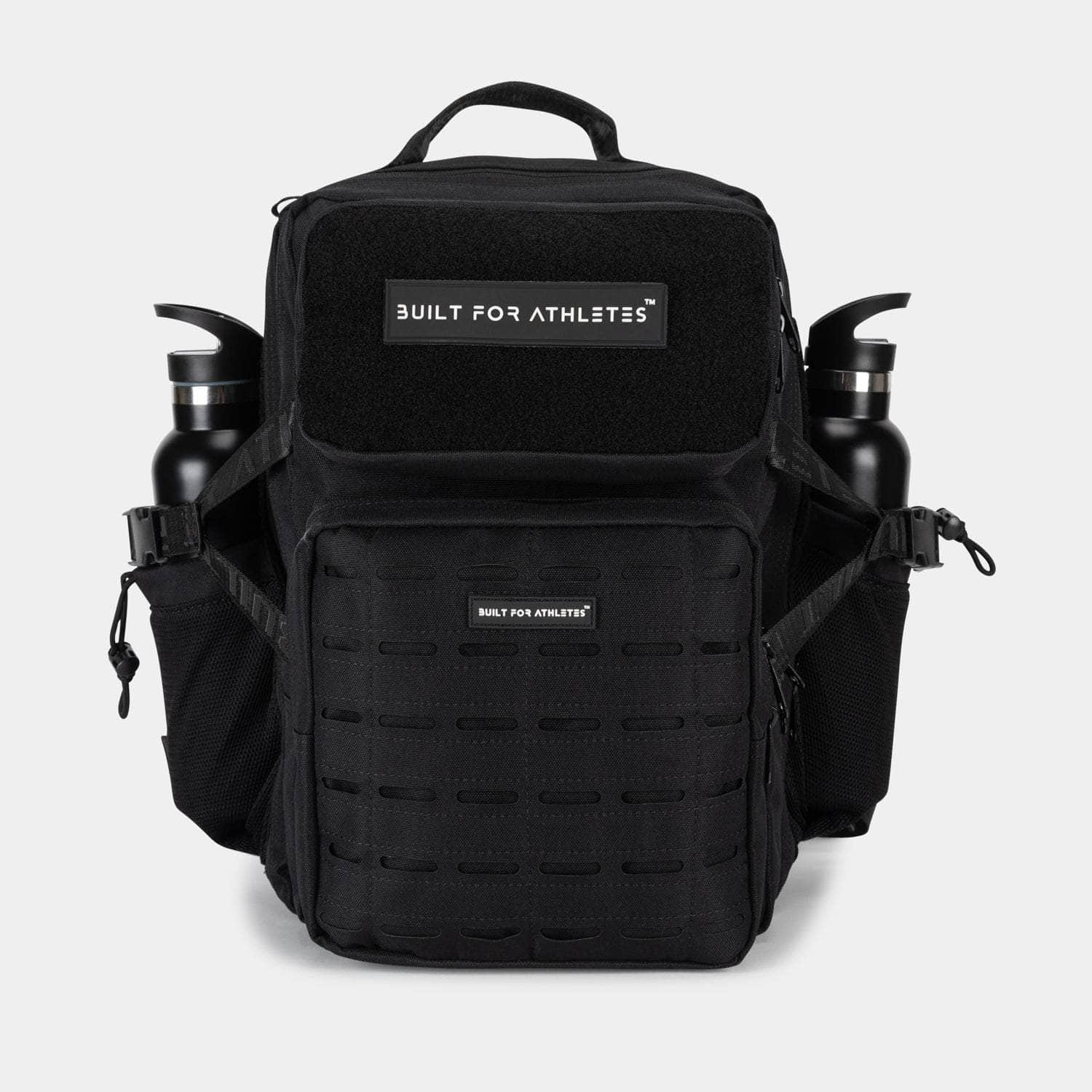


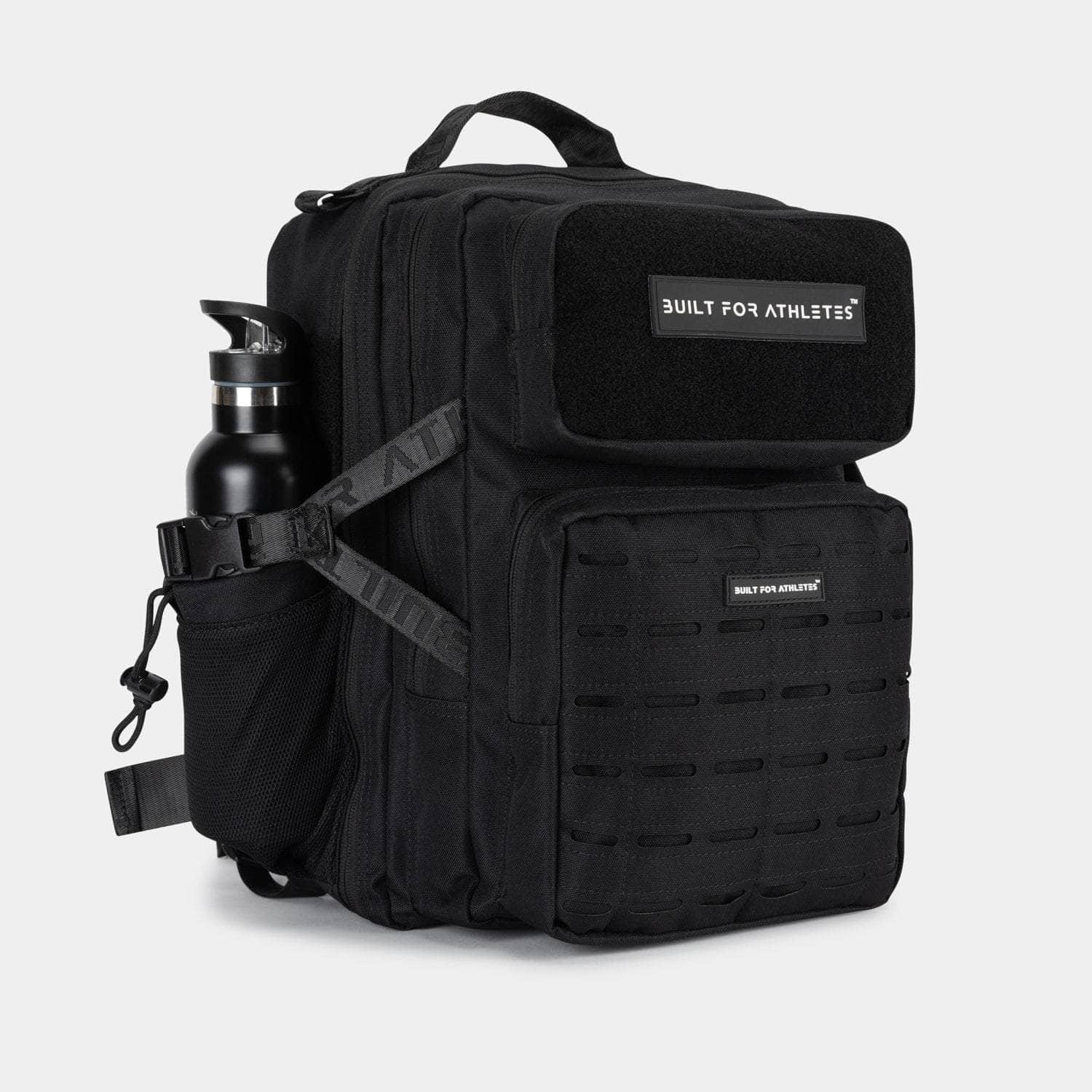




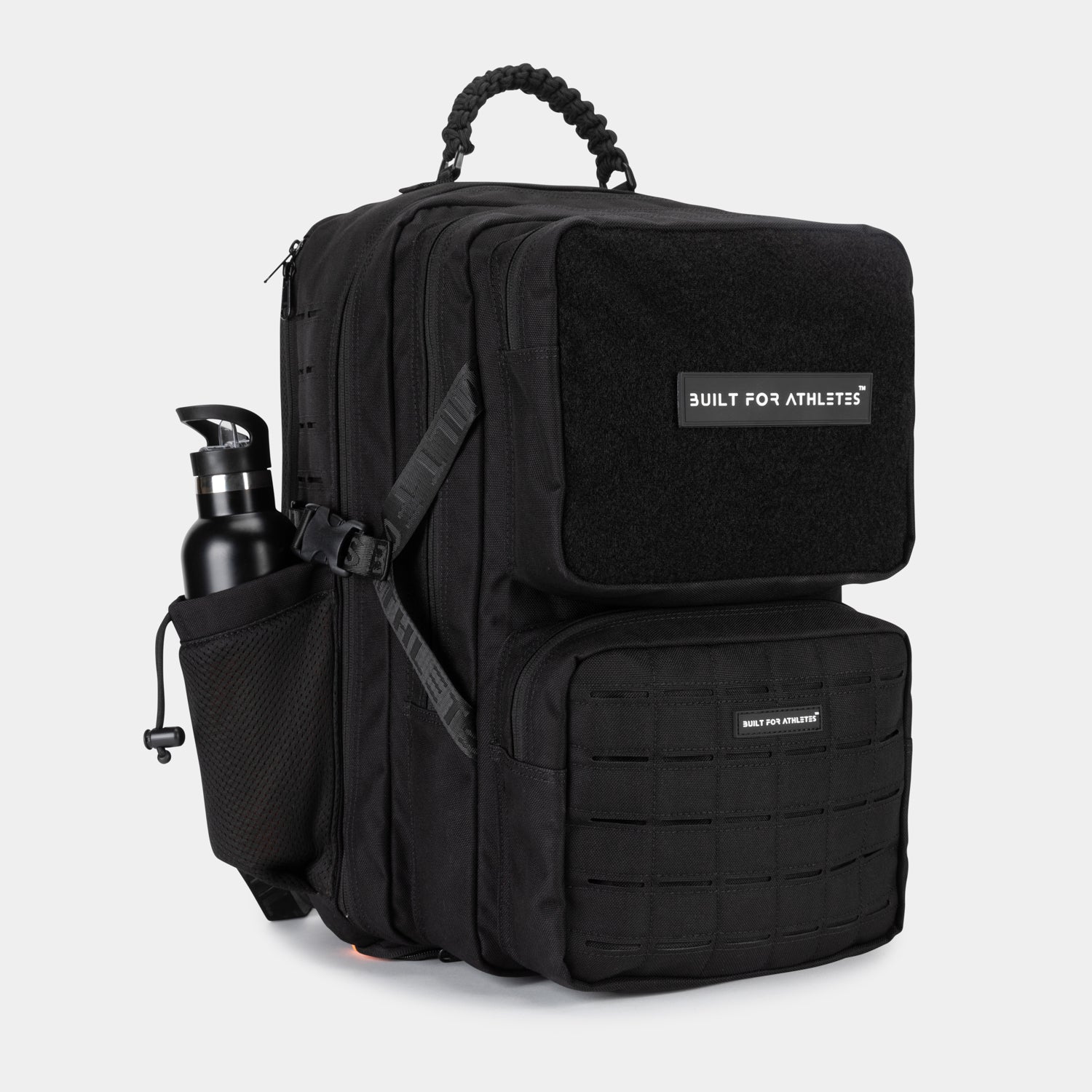






















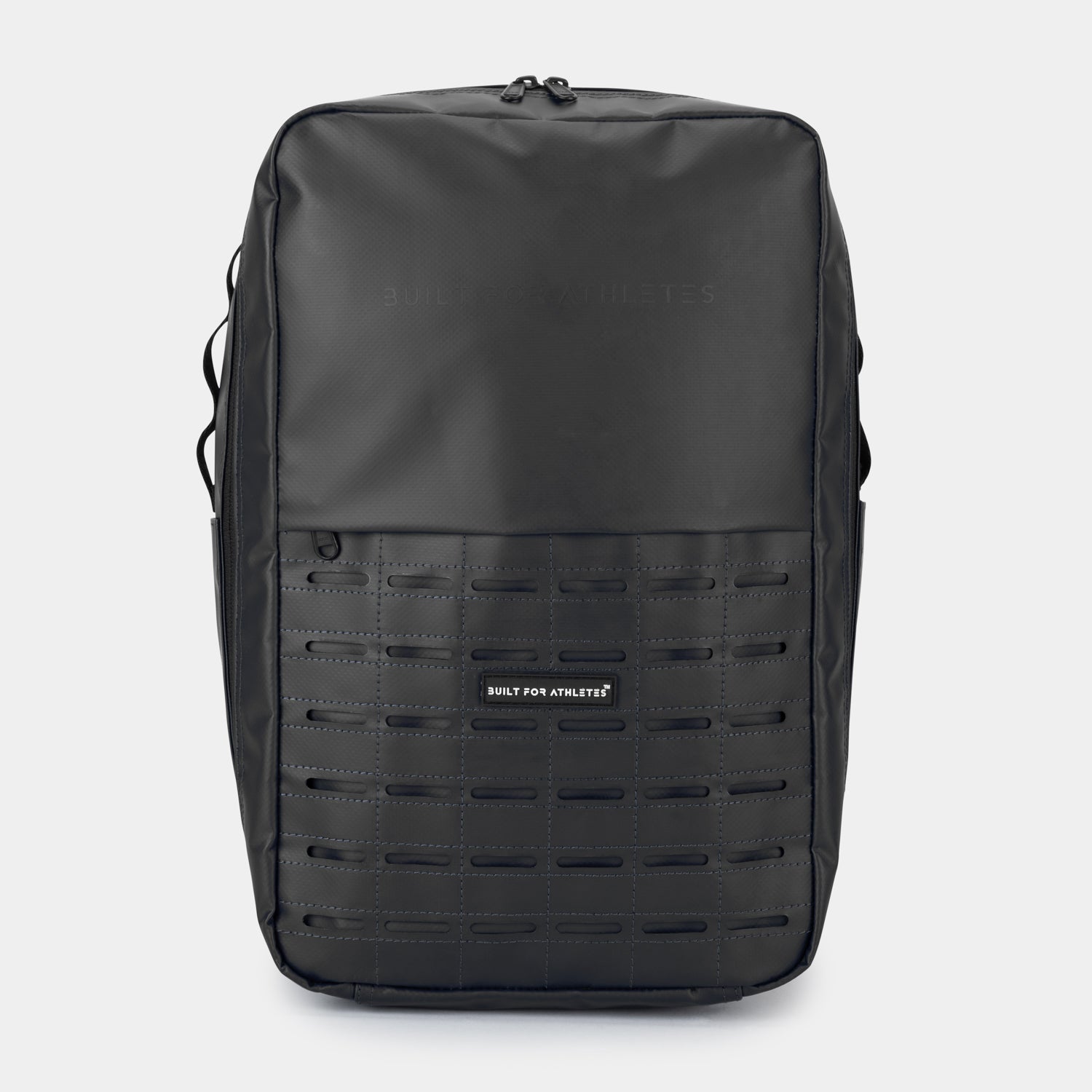









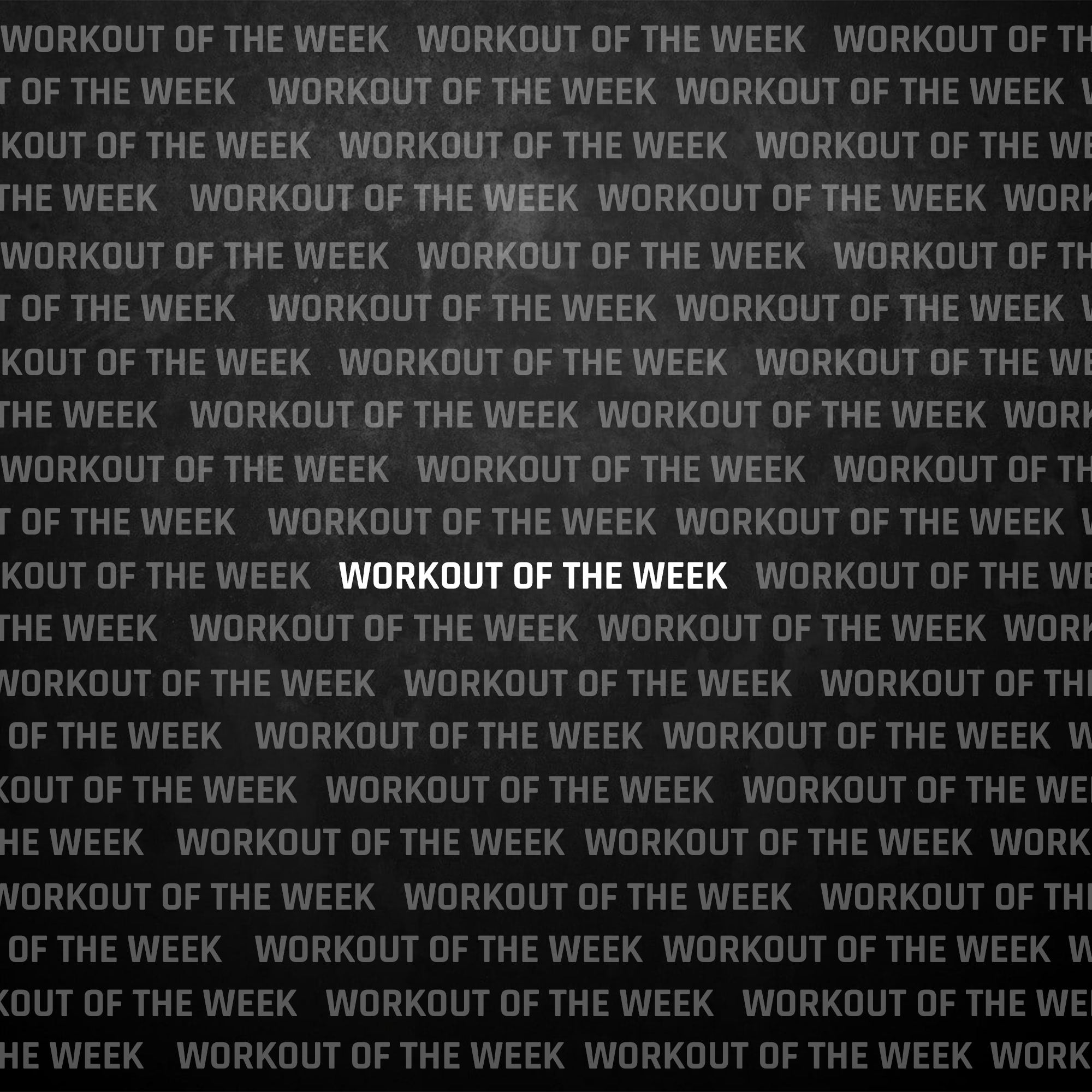
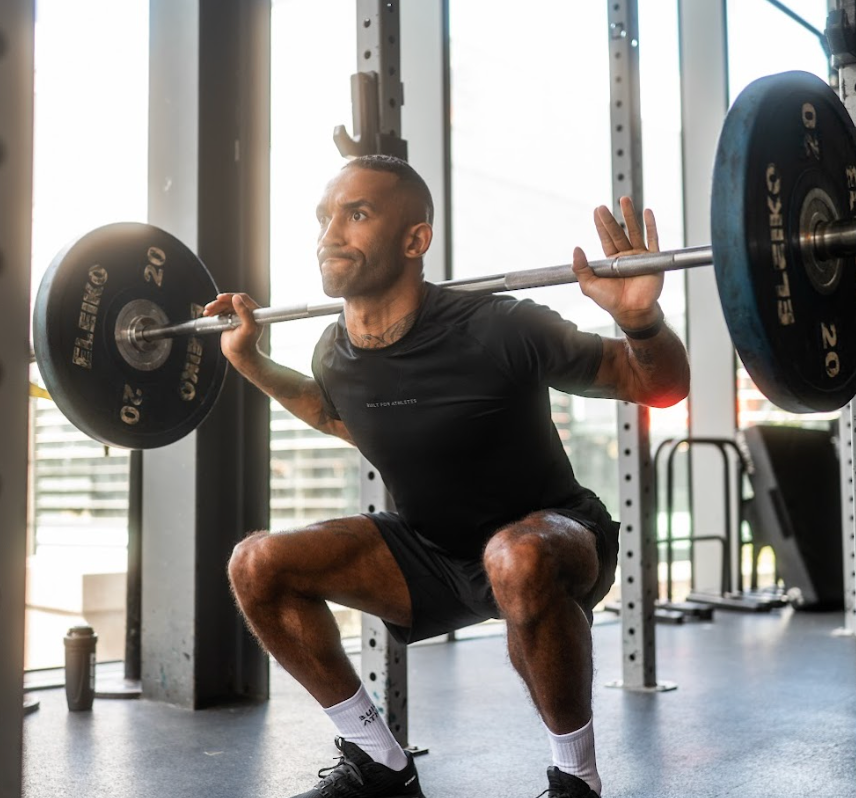
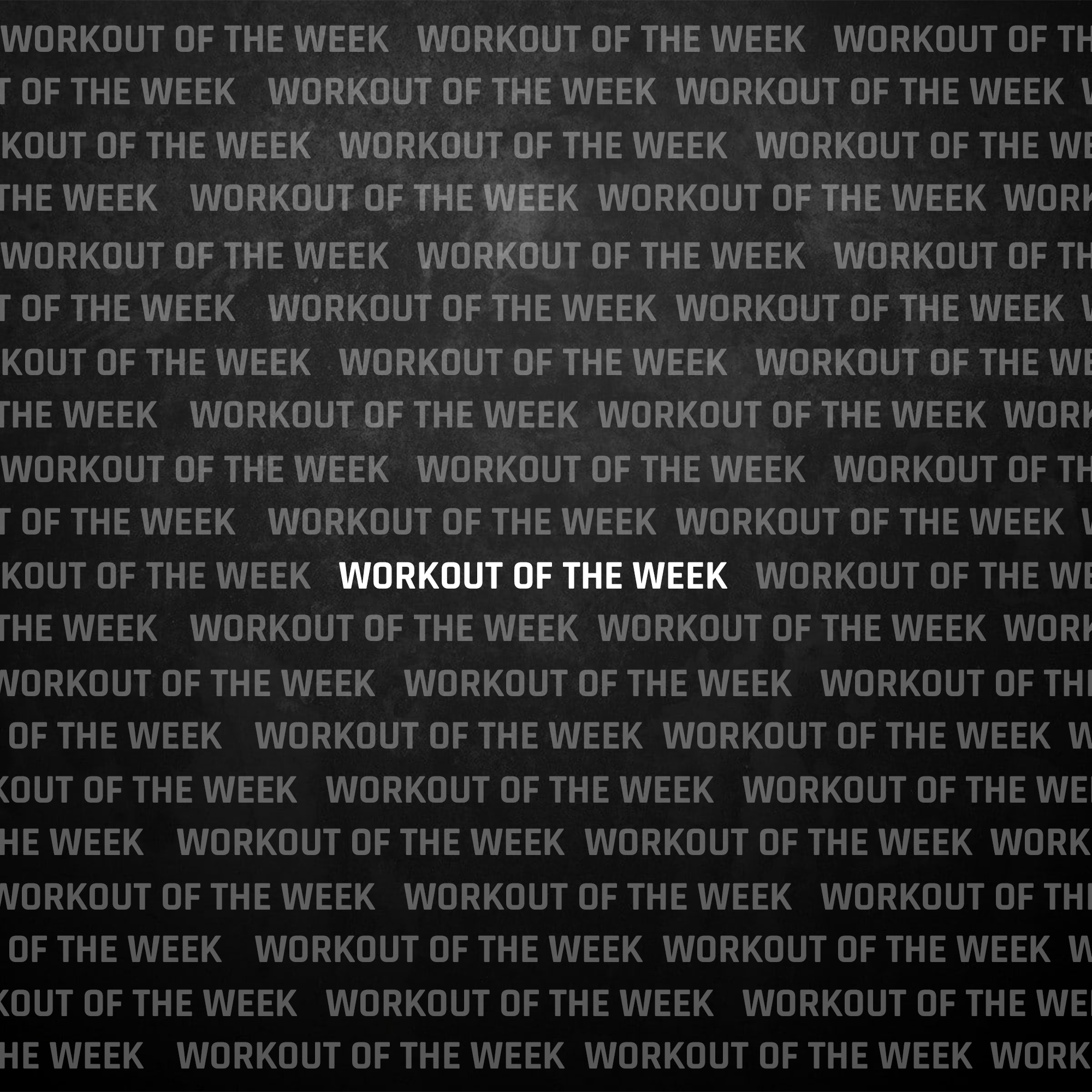
Share:
Elite CrossFit Coach Discusses Balancing Endurance With Strength
How To Use Heart Rate Variability To Measure Overtraining?